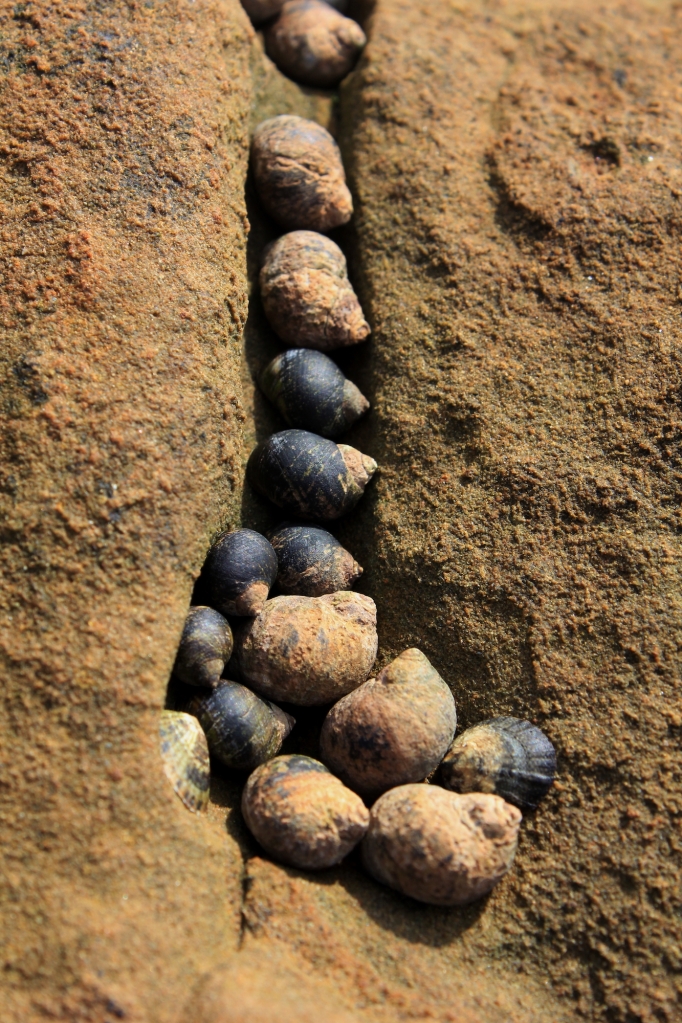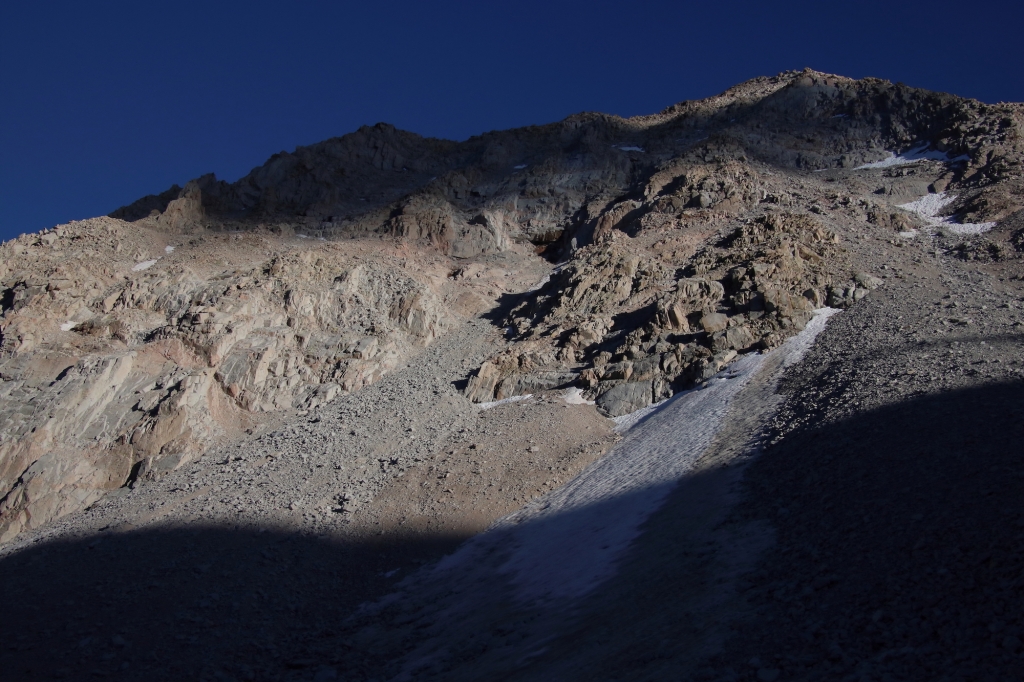let Us stick to the facts
where things
are as certain as standing
on waves
of sand
entombing
feet
and legs
and torso.
swallowing Us.
surrounding Us.
this is no tomb.
only winter
387 sols long in the tooth. We rattle
with frost quakes; sudden cold
sheltered in place
and frozen
still.
quiet as photographs.
We wait for the wall of sand to drop
out of Our skies
and for sun
to activate Our solar panels
and the radio signals and the end of the night
and this is no tomb.
only winter.
in the meantime
let Us count the objects of exploration:
there are 14 in all. over nine metric tons of experiments crafted
in dream and imagination. hard
ware
stranded.
except 24 terabytes of data escape each day.
in the meantime,
let Us make a map of all the places We may go,
and rocks We may meet
and things We may say
once the sand and the winter subside.
A few stitched together writing prompts from pw.org and this video served as inspiration.








